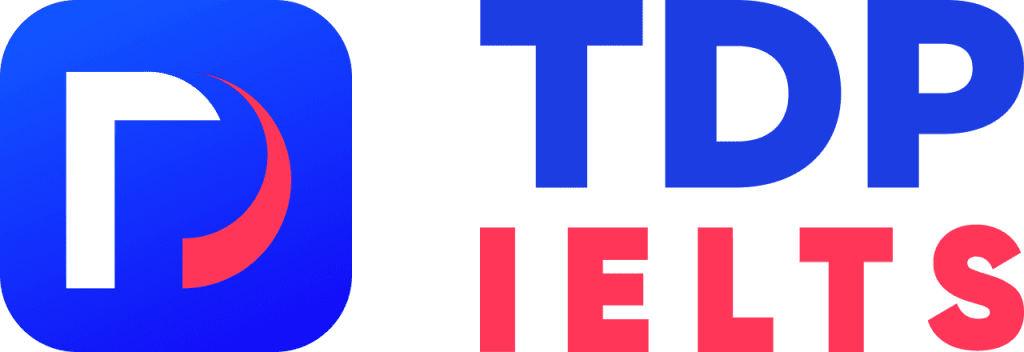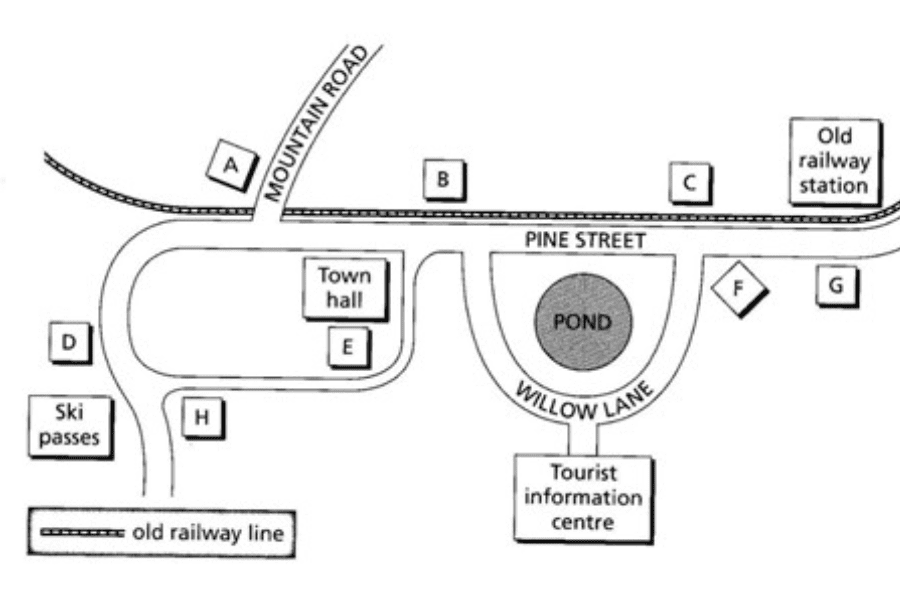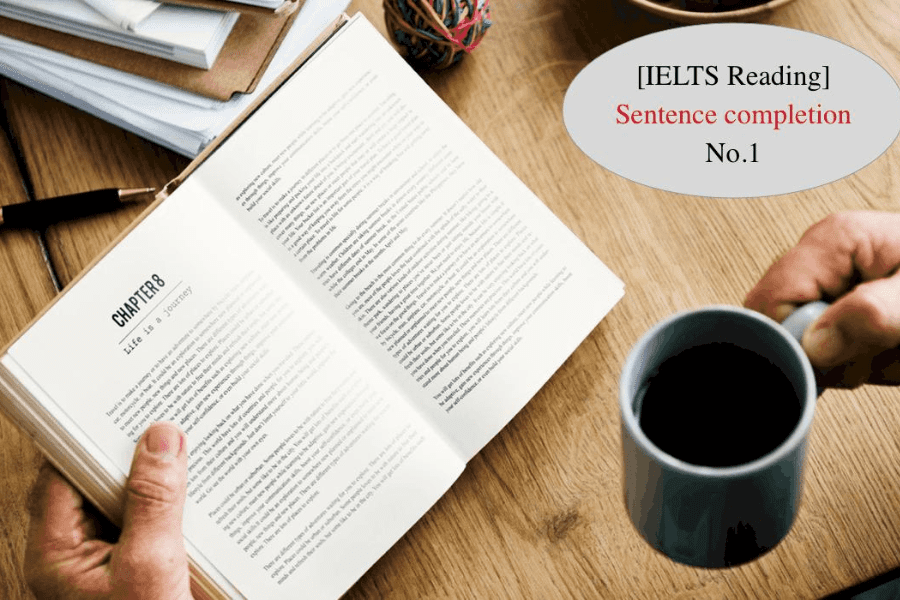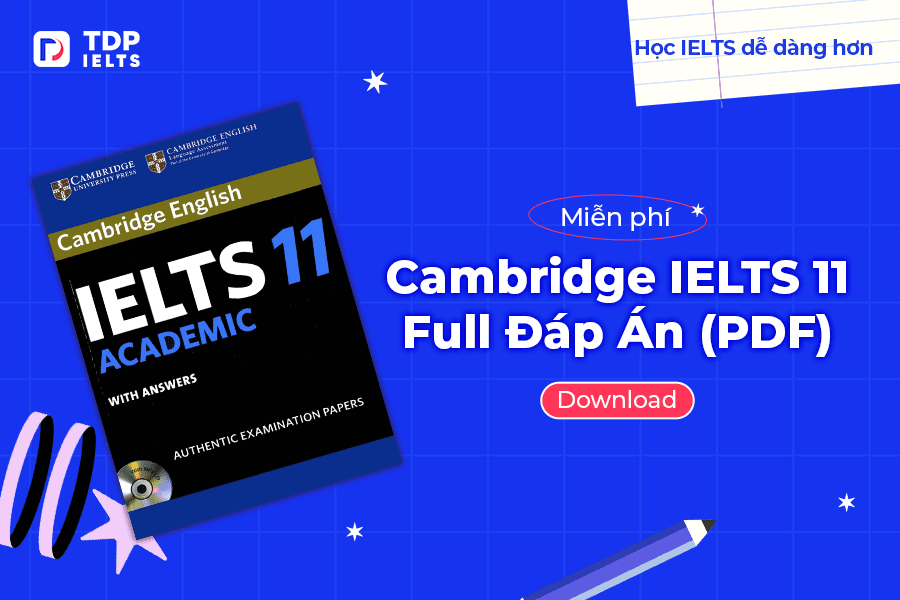Map Labelling IELTS Listening đòi hỏi thí sinh không chỉ giỏi kỹ năng nghe hiểu nhanh mà còn phải có kỹ năng xác định phương hướng. TDP IELTS thấu hiểu nỗi lo lắng này và mách nhỏ bạn chiến lược làm dạng bài Matching/ Map Labelling IELTS Listening.
Nội dung
TogglePlan/Diagram/Map Labelling IELTS Listening
Các dạng bài Map trong Map Labelling IELTS Listening
There are two types of map/plan/diagram labelling tasks.
Question type 1 – You see the numbered questions on the map pan or diagram and a set of labels (e.g A-E) in a box. You listen to the recording and decide which label from the box fits in each numbered gap. See the diagram below.
Question type 2 – You see the numbered questions separate from the map/plan/diagram. The labels on the map/plan/diagram have letters to show where information is missing. You listen to the recording and choose the correct label (e.g A-E) for each question.
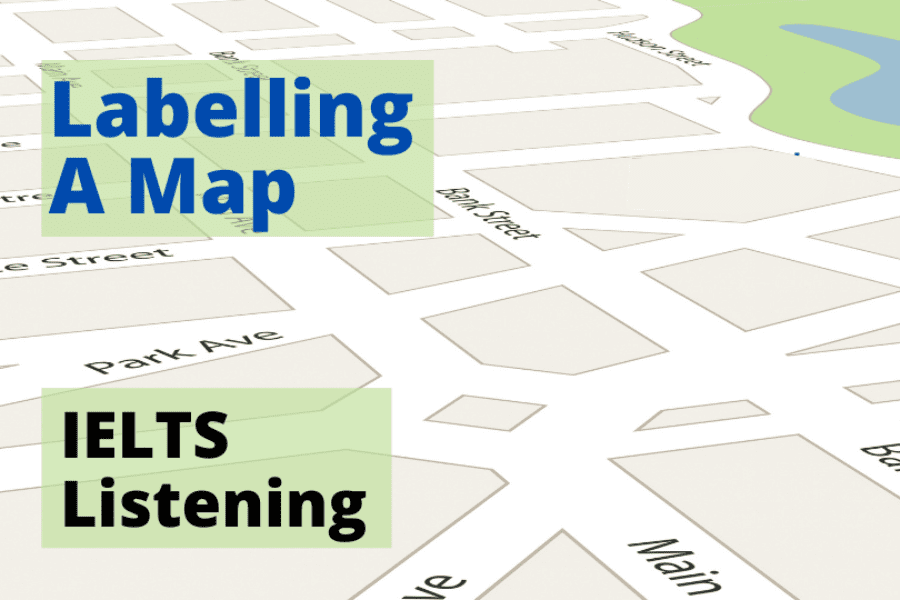
IELTS Listening Map Labelling practice – Luyện tập đề mẫu
Please see the example below.
Before you listen, you have time to look at the map/plan/diagram to familiarise yourself. In the example above, you can see the main gate is at the bottom of the map. The fountain is in the middle of the map and the river is in the top right hand corner.
Look at how the labels relate to the questions
Remember that the information in the recording comes in the same order as the numbered questions.
Cách làm bài map trong IELTS Listening
Step 1 – Identify the question type. We can clearly see this is a map labelling task.
Step 2 – Carefully read the instructions. Write the correct letter, A to J, next to questions 14 to 17.
Step 3 – Study the map carefully. Do not assume that ‘A’ will be the first thing you hear. The description in the recording is most likely to start at the Entrance, at the bottom of the map.
Think of the words that are related to sequence. For example, ‘then’, ‘next’ etc. These words will indicate the steps in the sequence.
Keep the four points of the compass in mind as you listen to the recording.
Dạng bài Map Labelling IELTS Listening
Cùng tìm hiểu các dạng chỉ đường Matching trong IELTS Listening:
Phân loại bài chỉ đường Matching và cách làm
There are two types of matching questions.
Question Type 1
The first type of matching question has a focus question and a box with a set of options. For example, A-J. The options can be features about a place or opinions about something and they are grouped under a heading.
There are then 5 numbered questions, also grouped under a heading. The questions could be a list of places, or any other feature which is in the recording.
You have to listen to the recording and match the information or ideas in the questions to the correct option.
– The spoken instructions tell you about the speaker and topic
– The list of numbered questions follows the order of the information in the recording.
– The answer to each question is the letter that appears next to the relevant option in the box
– There are more options than questions
– Each letter may only be used once
Question Type 2
On the question paper you will see a focus question and a box containing a set of options (A-C) which answer it.
There are fewer options than in the Type 1 question, however, it may be possible to use the options more than once.
The same as in the Type 1 question, you need to listen to the recording and match the features in the recording to the correct options.
– The list of numbered questions follows the order of the information in the recording.
– The answer to each question is the letter that appears next to the relevant option in the box.
– There are fewer options than questions.
– Each letter may be used more than once.
General Listening Tips and Strategies – Chiến lược làm bài Map Labelling IELTS Listening
1. In multiple choice questions, the wrong answers are called ‘distractors’. They are designed to seem correct. For example, they use the same words as the recording, but have a different meaning. You have to make sure the correct answer has the same meaning as the recording.
2. It is possible to be presented with a flow chart which is technical or scientific. The language used can seem challenging, or overwhelming.
To overcome this, try the following:
- Underline the keywords you do understand
- Decide which type of word is missing from each gap (noun, adjective, verb etc)
- Try to work out the meaning of each stage of the diagram
3. For map labelling, it is important to be familiar with words and phrases for giving directions. For example, behind, go past, go straight ahead, in front, next to, opposite, turn left, turn right
4. It is important to listen carefully to the end of words. For example, words ending in -ology and -tion can be used to talk about different areas of work and study.
Words ending in -er may refer to people and jobs. Also, take care with singular and plural forms when you write your answers. If you use the wrong form, your answer will be incorrect.
Listening for synonyms and paraphrasing. The speakers often use different words to those in the questions. You will often hear a synonym or a paraphrase (a word of words with a similar meaning).
Before you listen, try to identify the keywords and phrases in sentences and think about the possible synonyms for each one.
Xem thêm: Chiến Thuật Làm Bài Matching Features IELTS Reading
Lời kết
Trên đây là các thông tin và bài luyện Map Labelling IELTS Listening cho những bạn đang cần tài liệu ôn tập. TDP chúc bạn đạt kết quả cao!


